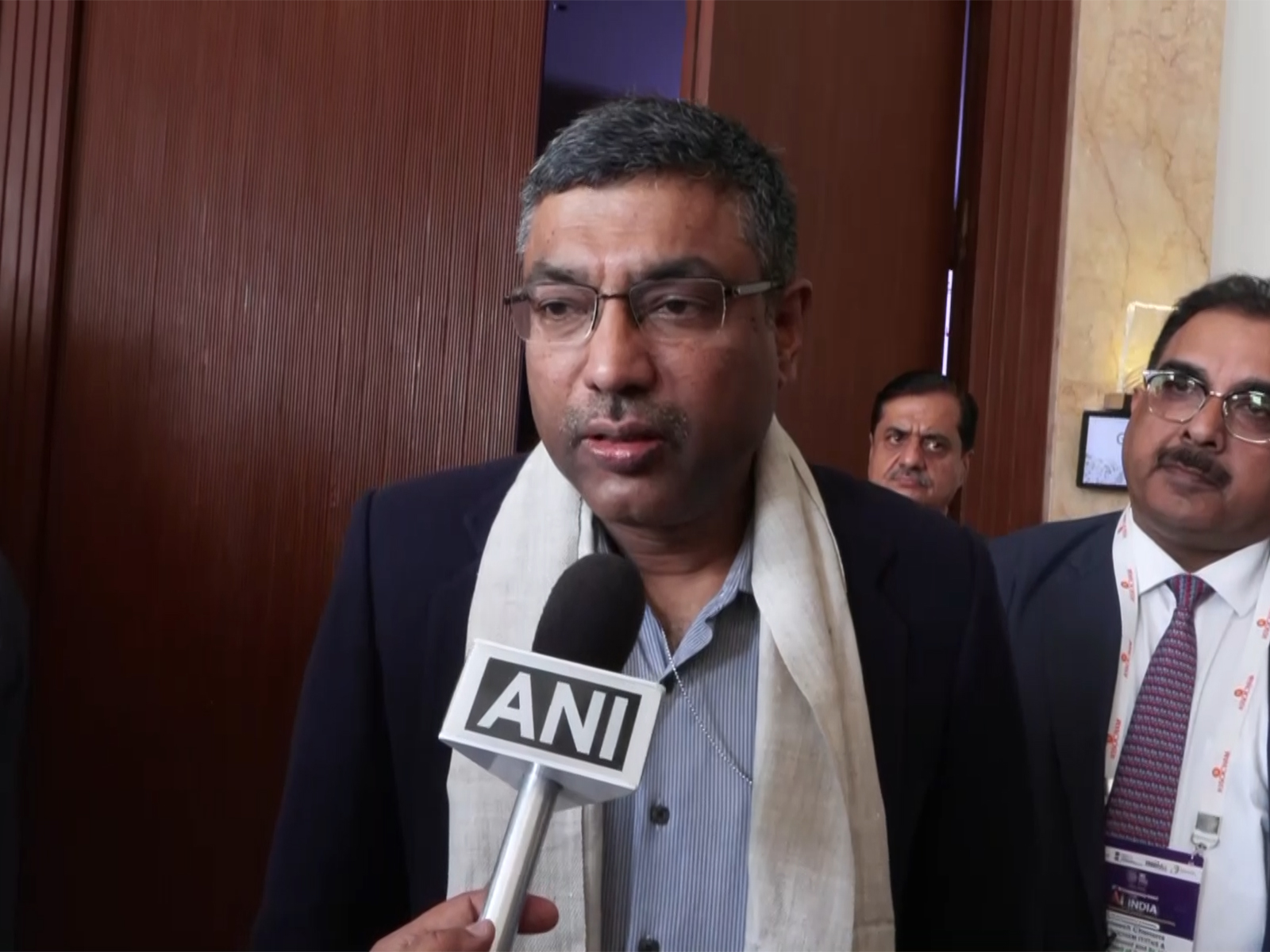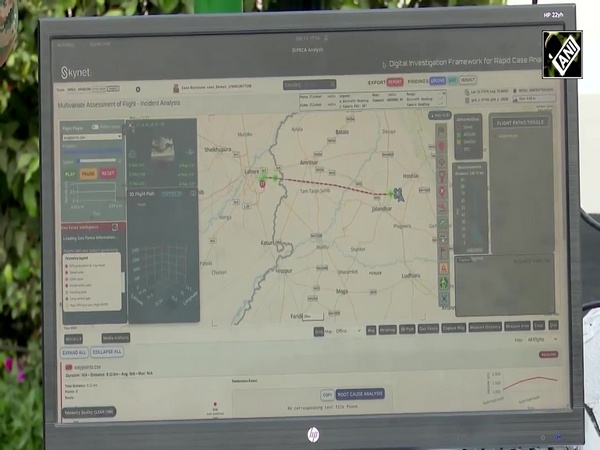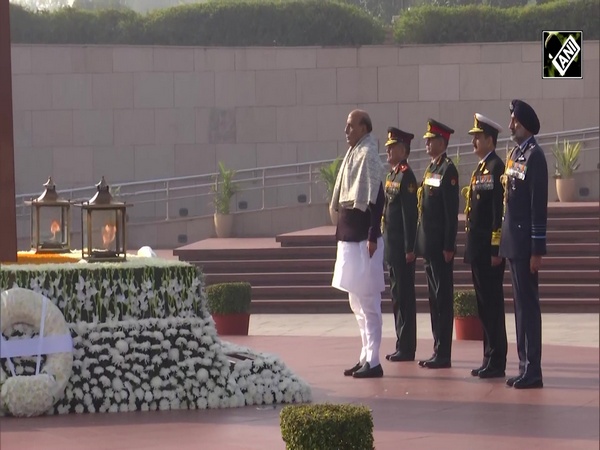Monthly economic review of July affirms real GDP growth at 6.5-7.0 per cent for FY25
Aug 22, 2024

New Delhi [India], August 22 : In the first four months of FY25, the Indian economy has demonstrated impressive resilience and sustained momentum, underscoring its robust recovery and growth trajectory, according to the monthly economic review by the Department of Economic Affairs.
But the review stands with the real GDP growth at 6.5-7.0 per cent for FY25, as projected in the Economic Survey for 2023-24.
However, it says several key indicators point to a strengthening of the economic landscape, supported by GST collections, vibrant sectoral performances, and favourable external and fiscal conditions.
GST collections in the initial four months of FY25 have seen a notable surge, driven by a broader tax base and heightened economic activity. This level shift in GST collections reflects sustained economic engagement, bolstered further by a double-digit increase in e-way bill generation, indicating ongoing robust activity. The positive momentum is anticipated to translate into even higher GST collections in the forthcoming months.
The manufacturing sector's growth has been particularly encouraging, with the RBI's Order Books, Inventories, and Capacity Utilisation Survey (OBICUS) revealing a marked expansion in capacity utilization.
This growth is fuelled by rising demand conditions, increased new export orders, and a rise in output prices. Concurrently, the services sector has exhibited strong performance, driven by an upswing in the tourism and hotel industries, reflective of a rebound in contact-intensive services.
The Purchasing Managers' Indices (PMIs) for both manufacturing and services sectors have highlighted sustained expansion, affirming the sectors' resilience and growth potential. The positive trajectory in these indices underscores the ongoing strength of domestic economic activity.
On the fiscal front, the Union Budget FY25 has laid out a clear path for fiscal consolidation, supported by strong revenue collections and disciplined expenditure management.
The fiscal deficit is projected to decline as capital expenditure remains high, fostering the nascent private investment cycle. This prudent fiscal strategy is expected to bolster overall economic stability and growth.
The external sector has shown signs of recovery, with merchandise exports and imports surpassing previous year levels. An uptick in global demand from key exporting partners has boosted exports, while robust domestic demand has driven imports.
Although imports have outpaced exports, leading to a widening merchandise trade deficit, services exports have been rising, contributing to increased net services receipts.
Foreign capital flows have also improved, with Foreign Portfolio Investors (FPIs) becoming net buyers from June 2024 onwards and Foreign Direct Investment (FDI) inflows increasing. As of August 2, foreign exchange reserves reached a historic high of USD 675 billion, adequate to cover 11.6 months of imports.
Retail inflation moderated to 3.5 per cent in July 2024, the lowest since September 2019, primarily due to reduced food inflation. The favourable progress of the southwest monsoon has supported kharif sowing, with replenished water levels in reservoirs promising a positive outlook for both current and upcoming crop seasons. This agricultural stability is expected to further ease food inflation in the months ahead.
Labour market indicators show positive trends, with net EPFO payroll additions growing in Q1 FY25 and expansion in PMI employment sub-indices observed in July.
The Naukri Jobspeak index is also showing signs of improvement. Despite this, recent RBI surveys reveal a dip in urban consumer sentiment regarding employment and manufacturers' hiring intentions. Nevertheless, the overall evidence suggests continued economic expansion and employment growth.




















